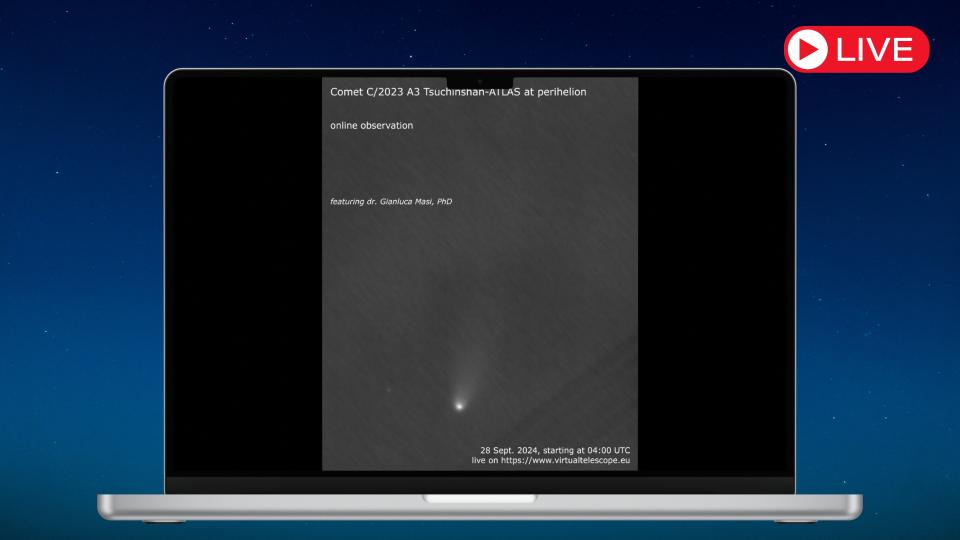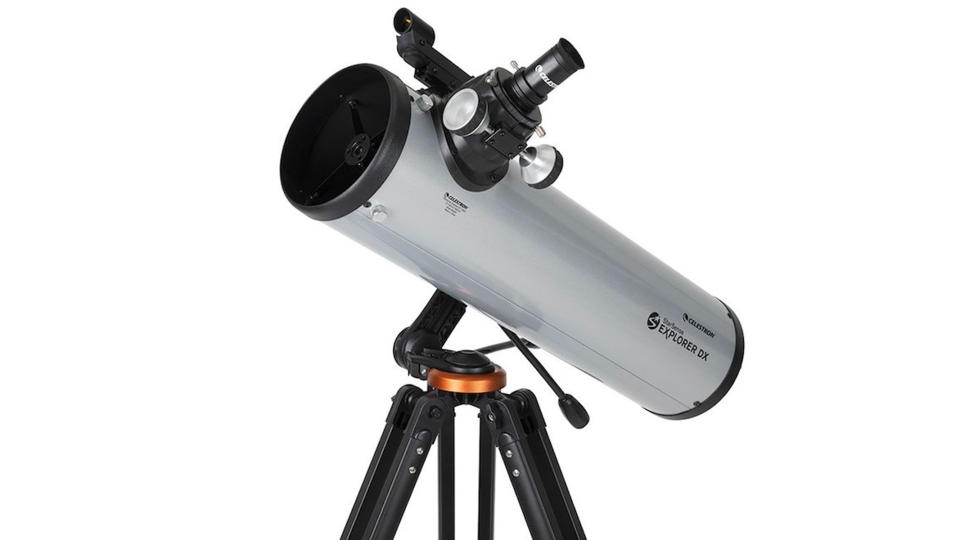When you buy through links on our articles, Future and its syndication partners may earn a commission.


Comet C/2023 A3 Tsuchinshan-ATLAS has been making quite a name for itself these past few weeks, providing a dazzling spectacle for early morning risers wishing to catch a glimpse of the “dirty snowball” as it streaks through the predawn sky.
On Sept. 27, the comet will reach its perihelion — the closest distance to the sun. At 1:55 p.m. EDT (1755 GMT) the comet will be about 36.4 million miles (58.6 million kilometers) away from the sun. To put that distance into perspective, it’s almost the same as Mercury’s average distance from the sun, which stands at about 36 million miles (58 million kilometers). And, on Mercury, daytime temperatures can reach highs of 800°F (430°C).
Should the comet survive its brush with the sun, you can catch it in the predawn hours just above the eastern horizon. But if you cannot head out in person to catch sight of the comet, you can tune into a free livestream, courtesy of astronomer Gianluca Masi of the Virtual Telescope Project. The livestream will start at midnight (EDT) on Sept. 28 (0400 GMT), in a bid to catch the comet as it rises at dawn. The views will be provided by the Virtual Telescope Project’s robotic telescopes in Manciano, in the Tuscan Maremma, under the darkest skies of the Italian peninsula.
“This is just the first live feed from us covering this outstanding comet, more will be added (we already scheduled one more on 9 Oct., when the comet is expected to peak in brightness,)” Masi told Space.com in an email.
“Looking forward to sharing the view of this outstanding comet with the world” Masi said.
Is the best yet to come?
TOP TELESCOPE PICK:


Looking for a telescope to see comets in the night sky? We recommend the Celestron StarSense Explorer DX 130AZ as the best for basic astronomy in our best beginner’s telescope guide.
While the comet will be visible in the early morning sky through the opening days of October, it will then shift into the evening sky where it is expected to perhaps put on its best show, according to Space.com’s skywatching columnist and meteorologist Joe Rao.
Keep your eyes peeled on the skies on Oct. 9 in particular, as there could be a spectacular upsurge in the comet’s brightness when dust particles ejected from its nucleus could scatter sunlight in a forward direction. According to Rao, this could make the comet as bright as Jupiter or even Venus!
But we will have to wait and see. It must survive its brush with the sun first…
